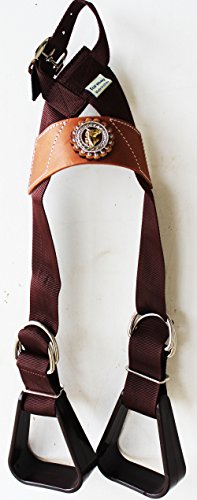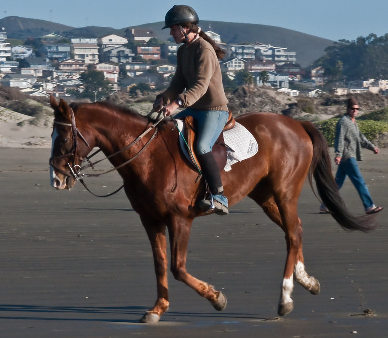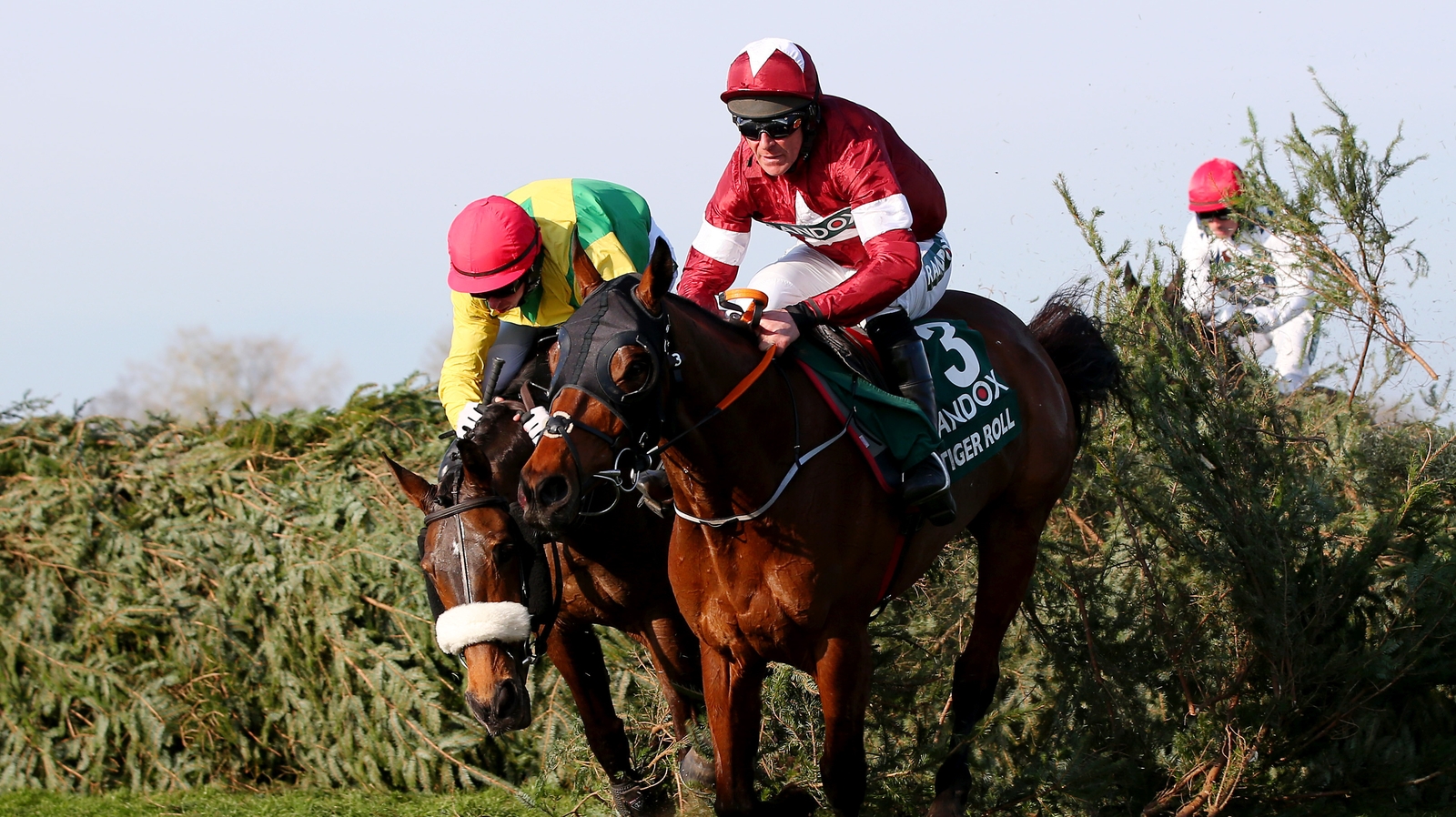[ad_1]
Adobe Stock Photo.
Editor’s note: As a result of COVID-19, Point-to-Point at Winterthur, Willowdale Steeplechase and Radnor Hunt Races have been canceled in 2020.
While female spectators must settle on a single millinery creation to wear to a steeplechase meeting, the women of racing wear many hats, from owner to trainer to rider.
Janet Elliot worked with Hall of Fame trainer Jonathan Sheppard before becoming a successful trainer in her own right. She’s one of only four women elected to the Racing Hall of Fame.
There weren’t many women in the game when Elliot came to the United States in 1968. It was supposed to be a stopping point on her way to the Olympic Games in Mexico, where she was a groom for the Irish equestrian team. “I just wanted to see America, not knowing that I’d be here for the rest of my life,” she recalls.

Janet Elliot. // Photo By Tod Marks.
Sheppard served as a mentor of sorts. “I didn’t seek advice, but I learned from the way he did things,” Elliot says. “I was offered a horse to train while I worked for him, and I could do it because it was OK with him.”
Elliot got her license in 1979, and she’s a keen advocate of keeping horses moving—jumping over logs in the woods, galloping through the fields—to enhance their strength and stamina. “You have to work with the animal and his temperament. You have to keep them fit,” she says. “Fitness is a key.”
These days, Elliott trains only a few horses. Even so, it’s a demanding profession. “You have to work hard because it doesn’t come easily,” she says. “Expect to put in a lot of hours, starting early in the morning, around 5:30 in the summertime. Sometimes, there isn’t any lunch, and you continue on until 6 o’clock.”
A Family Thing
Leslie Young, trainer of Andi’amu, 2019’s timber champion, grew up in Unionville, Pa., where her parents both fox-hunted with Brandywine Hunt. “I got a pony and started racing, while my dad rode point-to-point,” she recalls.
As student at Oldfields School in Maryland, she worked on weekends for trainer Jack Fisher in nearby Monkton. He gave her some junior flat rides.
Young went on to earn a degree at Lynchburg College, briefly coached lacrosse and worked as a vet tech at Gulf Stream and Saratoga racetracks. But she missed being in the thick of racing and went to work with Hall of Fame trainer Jonathan Sheppard in Chester County. “I took my $250,000 education and I went back to galloping racehorses, which did not thrill my parents,” she says.

Leslie Young. // Photo By Tod Marks.
Flats trainer Darrin Miller encouraged Young to get her license. She remembers the thrill when More Fascination, her first winner at Saratoga, galloped across the finish line. “I immediately called Bonnie Hamilton, the owner,” Young recalls. “She said, in her sweet Southern accent, that I was the first-ever trainer who called her crying because she’d won.”
She married Irish great Paddy Young, a five-time national champion. Partners in business and in life, they have two children, ages 11 and 12, who are both in the saddle. Paddy hasn’t raced since he suffered a brain injury after being kicked by a trailing horse when his mount fell in the Radnor Hunt Cup Timber Stakes Race in 2017. But his passion for horses is undiminished.
Italian for “let’s go,” Andi’amu is a 10-year-old bay gelding owned by Tom and Roxy Collins. “We got him for $25,000, door to door, and he’s earned more than $300,000,” Young says. “Paddy always said he would make a great timber horse when the time comes—and he was right.”
Born to the Saddle
“My parents tried their very hardest to guide me in a different direction with a great education and a BA in English,” says Kathy Neilson. “However, I’ve always only been truly happy on the back of a horse or on the end of a lead rope.”
Neilson’s late father, Louis “Paddy” Neilson, was a legendary jockey and trainer, the standard bearer for a family that’s been competing in the saddle since 1875. Neilson and sister Sanna are both accomplished trainers who’ve also exceled as riders. Their brother, Stewart Strawbridge, rode to victory in the Maryland Hunt Cup in 2007 aboard The Bruce, a horse trained by Sanna. “When my mother was growing up, women couldn’t get a jockey’s license. Kathy Kusner battled in court for a year to get [one] in 1968,” Neilson says. “Fifty years later, things have changed a lot. My daughter, Skylar McKenna, won two sanctioned timber races this year at the age of 16.”

Kathy Neilson. // Photo By Tod Marks.
Neilson gets the best out of the horses she trains by creating a personalized plan for each mount. “I try to feed them the best food and figure out what makes the individual horse thrive,” she says. “Do they like being turned out all day with a friend, or at night, or not at all? Do they like to do a lot of training or a little? If their coat is not shining, then I need to figure out what I can change in their lifestyle to turn them around.”
Neilson’s most thrilling moment as a rider was a 1995 win at Winterthur. “Charming Scott jumped so beautifully and won so easily rolling along on the front end,” she recalls. “It was exhilarating.”
Conquering the 19th Fence
As an owner, Ann Jackson has experienced the thrill of winning the Maryland Hunt Cup. A grueling four-mile course with 22 towering timber fences, it’s the most challenging horse race in America. She grew up on a cattle farm in Virginia and rode saddlehorses. Belgian draft horses were used to harvest corn. “We had a couple thousand acres, so we would ride around the farm and check on the cattle,” Jackson recalls.
She was a young widow when she married Cary Jackson, whose dream was to win the Maryland Hunt Cup. “He got me involved in steeplechasing,” she says. “Foxhunting and racing were his real passions.”

Ann Jacksonl. // Photo By Tod Marks.
As a rider, he competed three times. He came close once, leading until his horse fell at the 19th jump. “It was his nemesis,” says Jackson. “When Cary died, we threw his ashes over it with a silver serving spoon and said, ‘You finally got over the 19th fence.’”
The Jacksons won the race in 2015, four years after Cary’s death. The victor was a horse he bred, Raven’s Choice, also the 2014 winner of the Willowdale Steeplechase. “It was the Holy Grail,” his wife recalls. “He lived for the Hunt Cup.”
Jackson remains active in the game and continues to breed champions, including Taco Supreme, winner of the Maryland Million. “I have been having some fun with my Maryland-bred horses,” she says. “Any day that we win a race is a good day.”
Loving Every Part of It
Elizabeth Voss comes from a family that has been involved with horses for generations. She grew up riding and caring for horses at 300-acre Atlanta Hall in Maryland, a horse farm purchased by her great-grandparents in the late 1930s. Her father, Tom, expanded the operation, training numerous stakes winners. She took over the stable in 2014, when her dad died unexpectedly of an apparent heart attack. “I can remember as a small child begging to get up early in the morning to go to the track with my father, loving every part of it—the horses, people, the whole atmosphere,” she says. “I showed for a long time, raced ponies, went back to showing. But I knew in college that I wanted to come back to racing. Now my 8-year-old daughter has probably watched every English Grand National replay. She can’t get enough.”

Elizabeth Voss. // Photo By Tod Mark.
As trainers, Voss and her husband, Garrett “Gary” Murray, work hard to keep their horses on their toes. “I want to keep my horses happy and interested,” she says. “We’re lucky to have an indoor dirt track, an all-weather track and various turf gallops. Everyone gets turned out for a couple of hours in the morning. We take the horses swimming in the streams and also use interval training.”
While men continue to outnumber female trainers and jockeys, Voss says women’s dedication to the sport is unbridled. “We may not have leveled it by numbers yet, but I’ve never viewed racing as a man’s sport,” she says. “A woman’s passion for horses is just the same as a man’s.”
Let’s block ads! (Why?)
[ad_2]
Source link










































